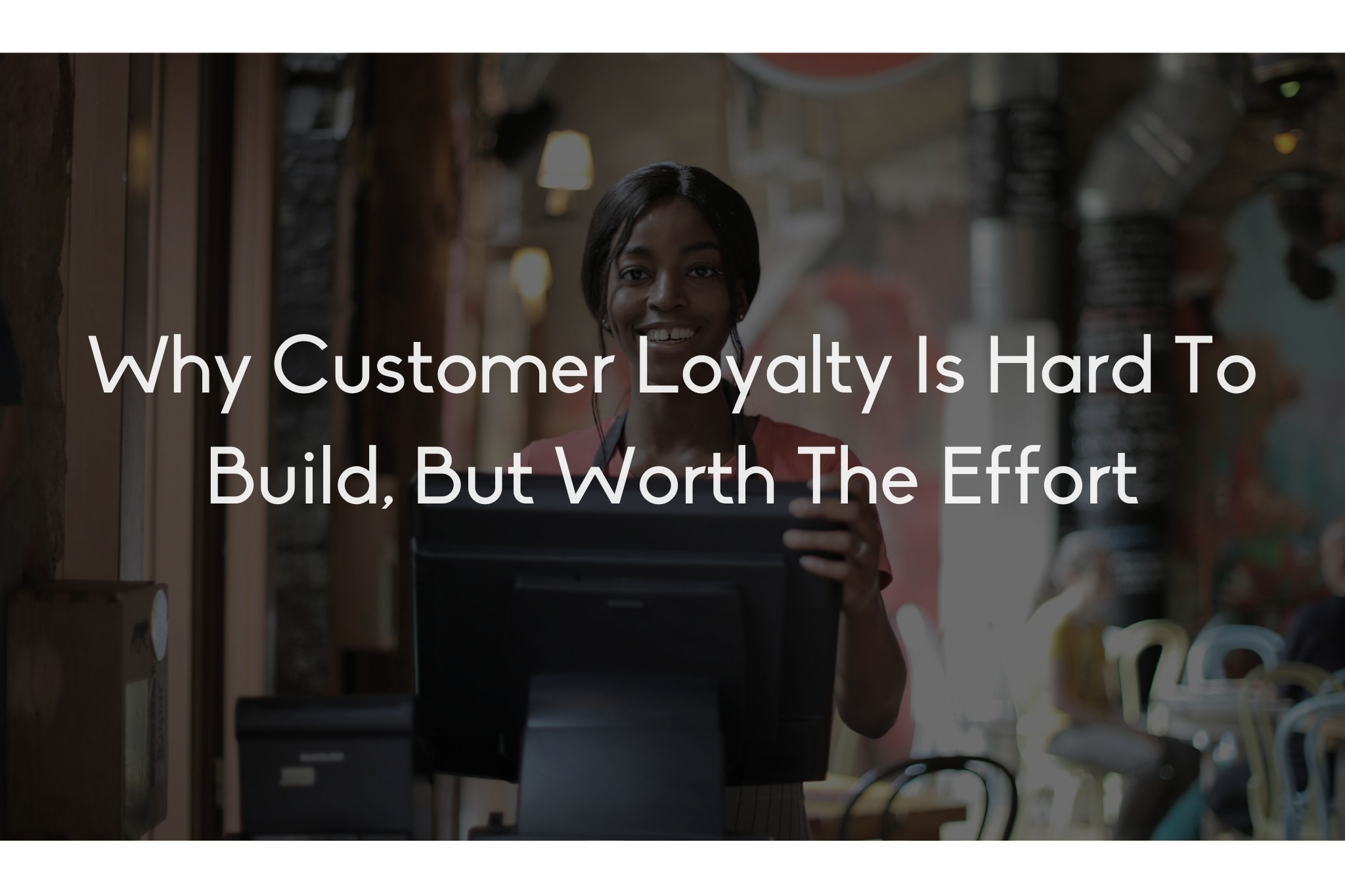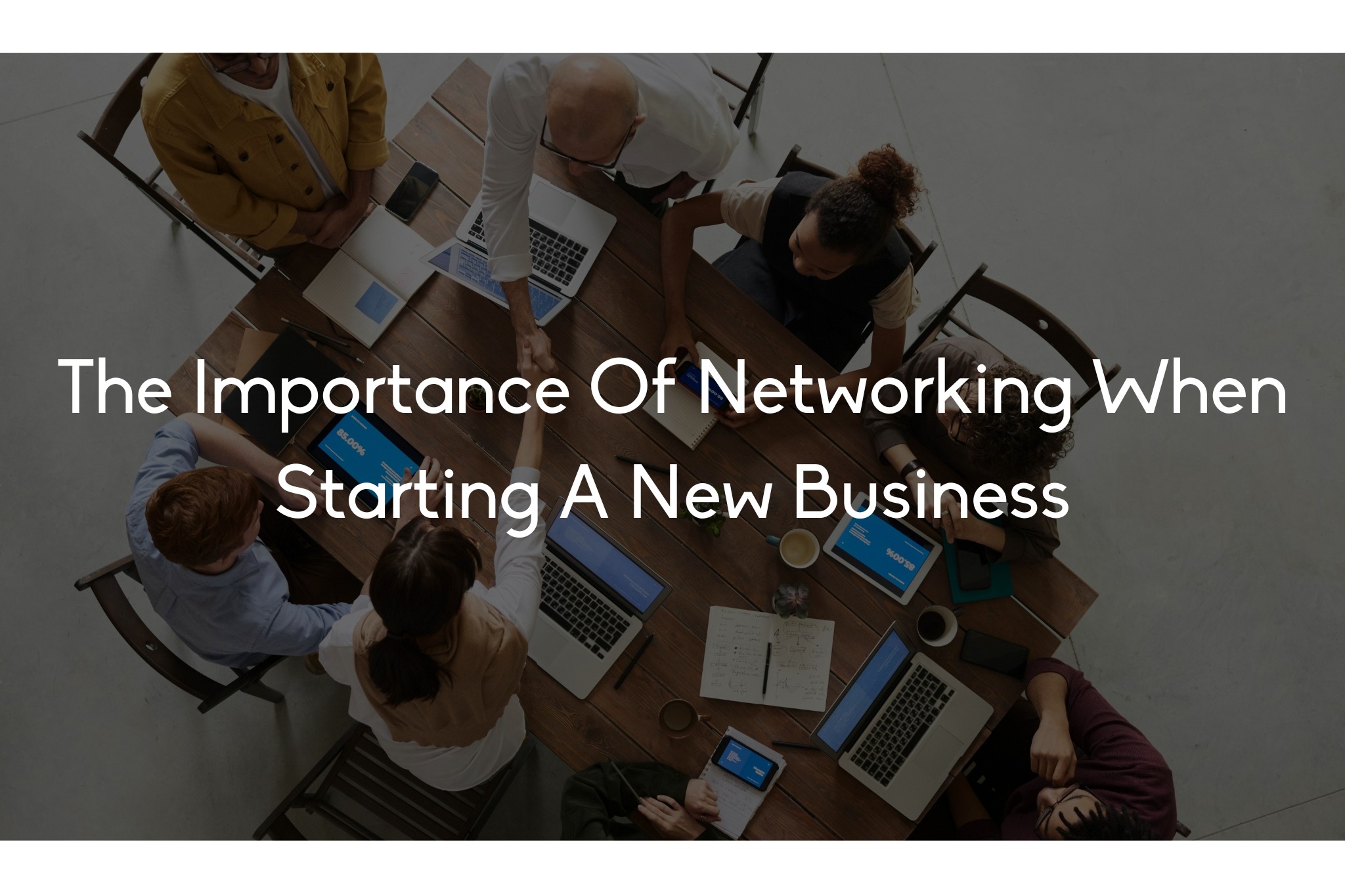
 Imagine this: you’re running a business, and you’ve got a steady stream of customers coming in. Sales are good, and the numbers look promising. But there’s a problem—you’re spending a significant chunk of your resources attracting new customers. Meanwhile, the ones who’ve already purchased from you are slipping away, never to return. It’s like trying to fill a bucket with a hole at the bottom. Frustrating, isn’t it?
Imagine this: you’re running a business, and you’ve got a steady stream of customers coming in. Sales are good, and the numbers look promising. But there’s a problem—you’re spending a significant chunk of your resources attracting new customers. Meanwhile, the ones who’ve already purchased from you are slipping away, never to return. It’s like trying to fill a bucket with a hole at the bottom. Frustrating, isn’t it?
This is where customer loyalty comes in. It’s the secret sauce that keeps your customers coming back for more. But here’s the kicker: building that loyalty is no walk in the park. It’s challenging, sometimes downright exhausting. Yet, when done right, it can transform your business from a revolving door of one-time buyers to a thriving ecosystem of brand advocates.
So, why is customer loyalty so hard to build? And why is it worth every ounce of effort you put into it? The short answer: because loyalty isn’t transactional. It’s emotional. It’s about trust, consistency, and delivering value beyond the product or service. And when you achieve it, the payoff is massive—higher customer retention, increased lifetime value, and a brand reputation that money can’t buy.
Stick with us as we unpack the challenges of building customer loyalty and, more importantly, why those challenges are worth tackling head-on. We’ll break it down into actionable insights, real-world examples, and strategies that you can apply to your business today.
Customer loyalty isn’t built on discounts or loyalty cards alone. At its core, it’s about creating an emotional connection. People stick with brands they trust, brands that align with their values, and brands that make them feel valued. But here’s the rub: emotions are complex. They’re shaped by every interaction a customer has with your business—from the first ad they see to the post-purchase follow-up.
Actionable Insight: Start by understanding your customers on a deeper level. What do they care about? What problems are they trying to solve? Use this insight to craft messaging, products, and experiences that resonate with their emotions. Empathy isn’t just a buzzword; it’s your best tool for building loyalty.
Trust takes time to build but can be shattered in an instant. Customers expect a consistent experience every time they interact with your brand. Whether it’s the quality of your product, the tone of your social media posts, or the speed of your customer service, consistency is non-negotiable.
Real-World Example: Think about brands like Apple or Starbucks. Their products and services aren’t just good; they’re reliably good. That reliability creates a sense of trust and familiarity that keeps customers coming back.
Actionable Insight: Audit your customer touchpoints. Are there gaps or inconsistencies? Fix them. Train your team to deliver the same level of excellence across all channels, from in-store interactions to online chats.

Building loyalty isn’t a sprint; it’s a marathon. It takes time to earn a customer’s trust and even more time to turn that trust into unwavering loyalty. This long-term investment can be challenging, especially when short-term results are prioritized.
Actionable Insight: Shift your mindset from transactions to relationships. Focus on the lifetime value of a customer rather than the immediate sale. Invest in initiatives that build trust over time, like personalized marketing, loyalty programs, and exceptional customer support.
In today’s world, customers expect brands to know them. They want personalized experiences that cater to their preferences and needs. But personalization isn’t easy. It requires data, technology, and a keen understanding of your audience.
Real-World Example: Netflix nails personalization by recommending shows and movies based on viewing history. This tailored experience keeps users engaged and loyal.
Actionable Insight: Leverage data to personalize your customer interactions. From email campaigns to product recommendations, make your customers feel like you truly understand them.
Loyalty isn’t just about the relationship between a customer and a brand. It’s also about the relationships customers form with each other around your brand. Communities foster a sense of belonging and amplify loyalty.
Real-World Example: Harley-Davidson has mastered the art of building a community. Their customers aren’t just buying motorcycles; they’re joining a tribe of like-minded enthusiasts.
Actionable Insight: Create opportunities for your customers to connect with each other. This could be through online forums, social media groups, or in-person events. A strong community can turn customers into lifelong advocates.
True loyalty goes beyond repeat purchases. It’s about turning customers into advocates who promote your brand without being asked. But advocacy doesn’t happen by chance. It’s the result of consistently exceeding expectations.
Actionable Insight: Focus on delighting your customers at every turn. Surprise them with unexpected perks, go above and beyond to resolve issues, and always aim to exceed their expectations. Advocacy is the ultimate proof of loyalty.
All this effort might sound daunting, but the return on investment is undeniable. Loyal customers spend more, refer others, and are less likely to switch to competitors. They’re the foundation of sustainable growth.
Real-World Example: Amazon’s Prime membership program is a testament to the power of loyalty. Members not only shop more frequently but also spend more per transaction.
Actionable Insight: Measure the impact of loyalty on your bottom line. Track metrics like customer retention rate, lifetime value, and referral rates. Use this data to refine your loyalty-building strategies.
Building customer loyalty is hard. It requires time, effort, and a relentless focus on delivering value. But the rewards—both tangible and intangible—make it worth every ounce of effort. Loyal customers aren’t just a revenue stream; they’re your brand’s greatest asset.
So, take the plunge. Invest in loyalty. Because in the end, it’s not just about keeping customers; it’s about creating relationships that stand the test of time.
